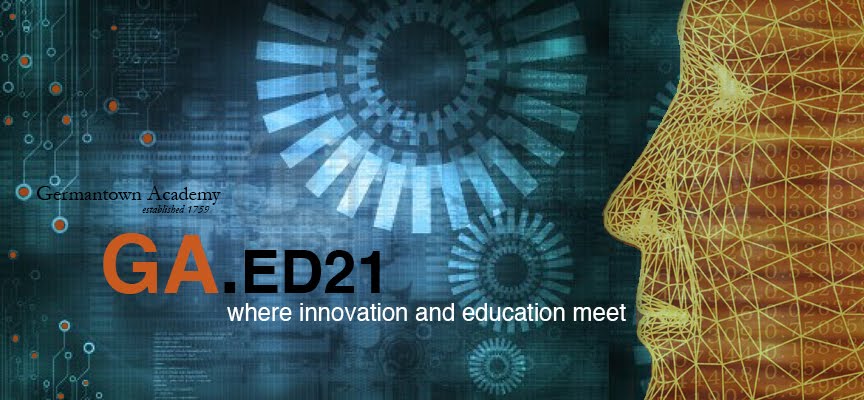If you have strolled across the Academic Courtyard lately, you were likely to have come upon student engineered alternative energy experiments, a part of the 8th grade science curriculum. Students were asked to determine the most efficient alternative energy source for GA's campus. They researched, designed, and tested which source of energy they think makes the most sense (most choose wind/solar). Then they have the parameter of 5 hours maximum charging time using their alternative resource for drained rechargeable batteries. Those batteries are then transferred to a remote controlled car/tank whereby speed and acceleration is measured as (one) outcome for efficiency. Tim Duke, long term substitute science teacher reports, "Students have taken this project head on. Many students have been especially interested because of the real world application this project has. Americans are always looking for more effective ways to fulfill our ever growing energy needs without depleting the earth’s natural resources. Students have acknowledged this ideal and have been extremely excited to investigate the efficiency of alternative energy sources. Similarly, they have enjoyed investigating how electricity works, as well as the complex science which goes into generating and transporting enough electricity to power homes.
He continued saying that students "had the opportunity to develop a unique collection device which used a renewable natural resource to generate electricity. The project gives students an authentic and applicable way to go through the scientific process. It enforces the need for a solid plan backed by extensive research before doing any sort of construction. True scientists and engineers don’t just try anything. They recall other scientist’s work and back their own adjustments with science. Students were expected do just this. They conducted their own research and made the most effective design based on their research. Not only did they have to design a structure which could capture their respective energy source, but they also had to design a plan which factored in GA’s location and access to renewable natural resources, like the sun and wind."







